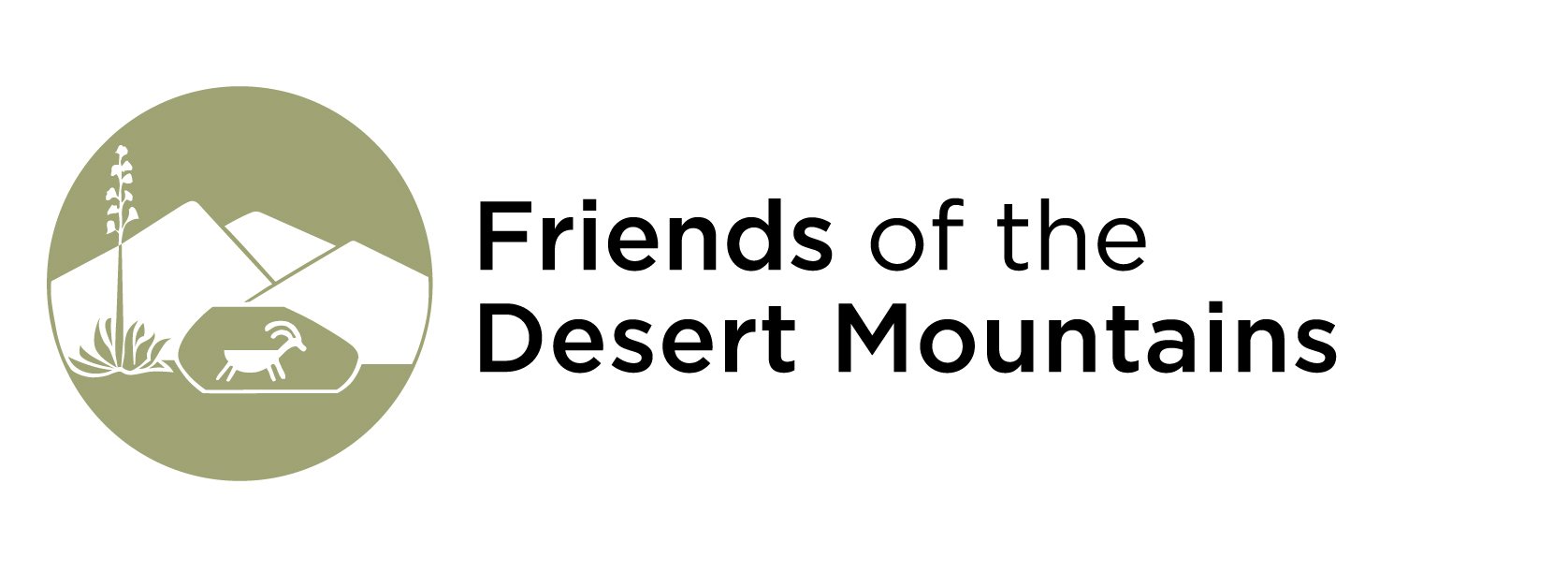CLF Celebrates "Women In The Desert" Including Our Jennifer Prado!
Celebrating Women in the California Desert
On International Women’s Day, four of our colleagues and friends share what inspires them to protect California Desert public lands.
by Conservation Lands Foundation on March 08, 2021
It’s Women’s History Month AND International Women’s Day! We’re celebrating four women we admire every day, who work to protect public lands in the California Desert. Together, they lead advocacy and stewardship efforts across the Los Angeles Basin, Coachella Valley, Mojave Desert, and Eastern Sierra.
We asked Jazmin Ibarra (Program Assistant with the Council of Mexican Federations in North America), Susy Boyd (Public Policy Coordinator with Mojave Desert Land Trust), Jora Fogg (Policy Director with Friends of the Inyo), and Jennifer Prado (Director of Education and Land Programs with Friends of the Desert Mountains) why protecting Desert public lands is important to them - especially now.
Thank you, Jazmin, Susy, Jora, and Jennifer, for all that you do!
What inspires you to steward, protect, and advocate for California Desert public lands?
Jazmin: I feel especially connected to public lands in the California Desert because I’ve lived in the Coachella Valley for over 20 years, and I’m constantly surrounded with beautiful views. These public lands are incredibly important to Indigenous communities, who have lived here for many, many generations. Some of the Desert’s unique plants and animals aren't found anywhere else on Earth. Their magnificent attributes and the beauty they bring to the place I live inspire me to protect these places.
Susy: Like no other ecosystem, the California Desert elicits a sense of freedom and adventure and expansiveness. It deceptively looks like there’s nothing out here, then surprises you at every turn with glittering rocks, vibrant birds, Native American petroglyphs, the peculiar Joshua tree, abandoned mines, and brilliant sunsets. It’s a landscape that’s in the midst of ascendance from a devalued barren space to making National Geographic’s list of 100 of the world’s most beautiful places.
Jora: I learn something new about the Desert every day, from its incredible biodiversity to the countless reasons it’s worth saving and taking care of. I am inspired by the joy and awe people experience when they get to see a piece of the Desert for the first time. Whether it’s taking friends or elected officials to a special spot, people change their mind or are surprised by what the Desert has to offer.
Jennifer: I’m inspired by the beauty and diversity of life in the California Desert. I’m constantly amazed by how much biodiversity is here. Life here has adapted and evolved to survive and thrive in incredible ways, and I want to be a part of that story. When I am out protecting these lands, I know that I belong.
Right now, what's even more important about the work you do?
Jazmin: At COFEM, we help Latinx families create connections with California Desert public lands by providing transportation and making these places more accessible to visit. We can inform families, in their language, about why our public lands are so important to the Coachella Valley. Many of them, like myself, have lived here for many years after migrating from other counties. In my junior year of high school, I visited Joshua Tree National Park for the first time, which got me interested in conservation work. I learned that there are careers focused on this! So when we are able to take families to hiking or camping trips in the Desert, I love that we’re creating opportunities for kids to grow up and become advocates for these places too.
Susy: This is an interesting time to be working to protect our California Desert public lands because we’re at a crossroads between the public taking an intense interest in these places, while at the same time the region is facing threats from climate change impacts like invasive grasses and wildfire, and development. As a staff member with Mojave Desert Land Trust, our organization’s work puts us in an advantageous position to address these threats. We acquire environmentally valuable private lands from willing sellers and convey them to federal agencies for durable conservation, and use best management practices on lands we own. It’s an essentially simple strategy, but it’s incredibly effective for protecting our Desert lands.
Jora: There is so much of the Desert that still needs to be conserved. The momentum from the Biden Administration's and the state of California’s “30x30” goals (targets to protect at least 30% of our nation’s lands and waters by 2030) has presented new opportunities to bring together different public users such as ranchers, hunters, and tribal nations to address the climate and extinction crisis together with a unified voice.
Jennifer: Right now, it’s important to ensure that communities and people who have been disconnected from the natural environment are able to feel the deep sense of belonging in the outdoors. That is every human’s right. Working to increase equity and justice in my organization and in my field is something I must do; the health of our planet and our very survival demands it.
[link to original post: https://www.conservationlands.org/celebrating_women_in_the_california_desert]

